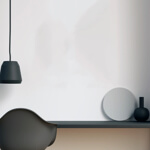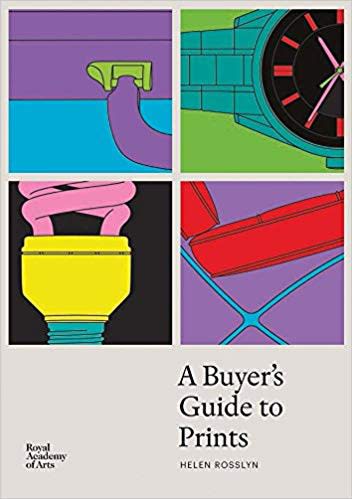William Nicholson
O for Ostler (from 'An Alphabet'), 1896
Hand-coloured woodcut on Japan, laid onto a sheet of wove paper, laid onto board.
43 x 35.5 cm
16 7/8 x 14 in
(sheet)
16 7/8 x 14 in
(sheet)
Deluxe edition of less than 40, published by William Heinemann, London.
Signed in black ink.
Vistavka Fine Art
Stand S10
Stand S10
Literature: Cambell 25. Provenance: from the collection of Sam Josefowitz, thence by descent. Excellent impression with colours particularly vivid. Nicholson’s Alphabet is a series of twenty-six woodcut prints, each representing...
Literature: Cambell 25.
Provenance: from the collection of Sam Josefowitz, thence by descent.
Excellent impression with colours particularly vivid.
Nicholson’s Alphabet is a series of twenty-six woodcut prints, each representing a letter of the alphabet through a distinct, symbolic image. Created between 1896 and 1898, this series is among the artist’s most celebrated works. His designs printed in two editions: ‘one an édition de luxe printed from woodcuts direct, to be hand-coloured by the artist, and the other reproduced by lithography in not more than three colours each’. (from the contract between the artist and the publisher, dated 27 November 1896).
Each woodcut portrays a letter through simple, bold forms. Nicholson's choice of subject matter ranges from the straightforward to the whimsical. The influence of Japanese woodblock prints is evident in the series’ clean lines and restrained colour palette, while the overall simplicity and elegance of the compositions reflect Nicholson’s pursuit of modernism in British art.
Provenance: from the collection of Sam Josefowitz, thence by descent.
Excellent impression with colours particularly vivid.
Nicholson’s Alphabet is a series of twenty-six woodcut prints, each representing a letter of the alphabet through a distinct, symbolic image. Created between 1896 and 1898, this series is among the artist’s most celebrated works. His designs printed in two editions: ‘one an édition de luxe printed from woodcuts direct, to be hand-coloured by the artist, and the other reproduced by lithography in not more than three colours each’. (from the contract between the artist and the publisher, dated 27 November 1896).
Each woodcut portrays a letter through simple, bold forms. Nicholson's choice of subject matter ranges from the straightforward to the whimsical. The influence of Japanese woodblock prints is evident in the series’ clean lines and restrained colour palette, while the overall simplicity and elegance of the compositions reflect Nicholson’s pursuit of modernism in British art.





 A Buyer's Guide to Prints
A Buyer's Guide to Prints